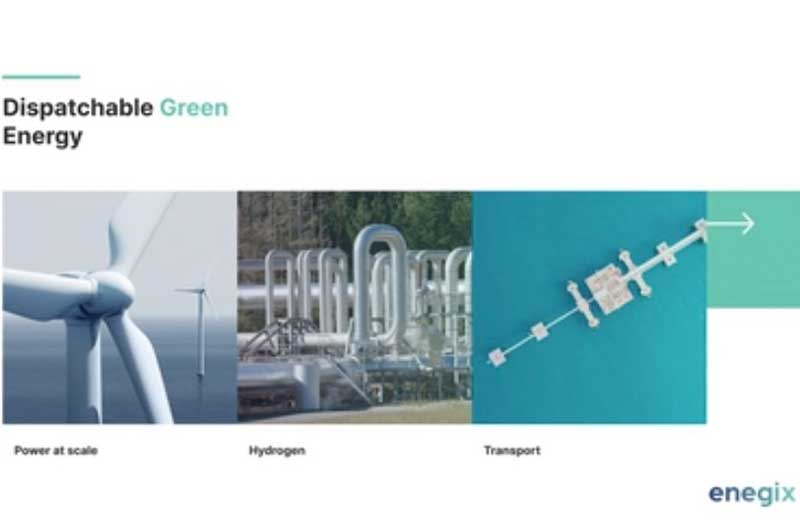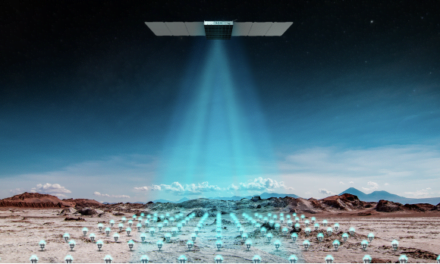Nuclear Waste Investigation
A solution to the global issue of nuclear waste disposal is a step closer following the release of Royal Commission findings in South Australia. The Nuclear Fuel Cycle Royal Commission has released its initial findings in Adelaide, which show a nuclear waste disposal facility in the South Australian outback would be viable and highly profitable.
The commission found that the facility would need to be supported by the construction of a dedicated rail freight line, airport and port.
Announced last February by South Australian Premier Jay Weatherill, the Royal Commission seeks to explore the state’s involvement in the mining, enrichment, energy and storage phases for the peaceful use of nuclear energy.
SA Leads Discussion
Commissioner Kevin Scarce, a former South Australian Governor, said the initial findings were based upon research, national and international site visits, written submissions and independent financial analysis.
“We know that nuclear is an emotional subject but the process we are under is a process of science and facts – this commission is not driven by emotion and opinion,” he said.
“Any future moves to increase the state’s involvement in the nuclear fuel cycle should not proceed without social consent.”
“South Australia is leading the nation in having this discussion.”
Levels of Nuclear Waste
Commissioner Scarce said there was at least 390,000 tonnes of used nuclear fuel temporarily stockpiled across the globe that needed a permanent storage solution.
He said there was also 10 million cubic metres of intermediate level nuclear waste.
“There is international consensus that deep geological storage is an effective approach for the long-term disposal of used fuel,” he said.
Commissioner Scarce said South Australia had a “global competitive advantage” for establishing a site because of “a unique combination of attributes” including its stable geology, relatively low levels of seismic activity, the arid environment and a stable economic and political structure.

Storage Site
An interim storage site would be established first to store spent nuclear fuel for up to 100 years before being moved to deep geological storage about 450m underground.
“The interim storage site gives us a facility to generate revenue that enables the construction of the big geological storage site and all the infrastructure needed to support that including a separate airport.”
Under the plan, the South Australian Government would seek pre-commitment of 15,800 tonnes of used fuel to fund all of the initial works over a 10-year period and start construction of the deep geological storage facility.
“We think that’s a very small proportion of the world’s stockpile,” Commissioner Scarce said.
“The goals is to protect the environment from the corrosion of the spent fuel containers over a period of hundreds of thousands of years. That process is well documented and understood and I think can be adapted with our expertise in the state to deliver a safe disposal facility.”
Income Level
The interim and deep geological storage facilities would generate revenue of more than $257 billion with total costs of $145 billion over 120 years based on a storage capacity of 138,000 tonnes.
“There is certainly the issue of competition but we’ve had waste now for 50-60 years and there has not been an international solution yet. Ten years is a realistic timeframe for such a proposal to be built,” Commissioner Scarce said.
South Australia has some of the world’s largest uranium deposits. It has mined uranium since 1988 and is estimated to have more than 80 per cent of Australia’s and 25 per cent of the world’s uranium resources.
The Royal Commission found that generating nuclear power or enriching uranium in South Australia was currently not commercially viable.
It also found that while there was substantial undiscovered uranium in the state with economic potential, it did not represent the most significant opportunity.
A five-week feedback period has begun following the release of the nuclear waste findings. The closing date for responses is Friday, March 18.



